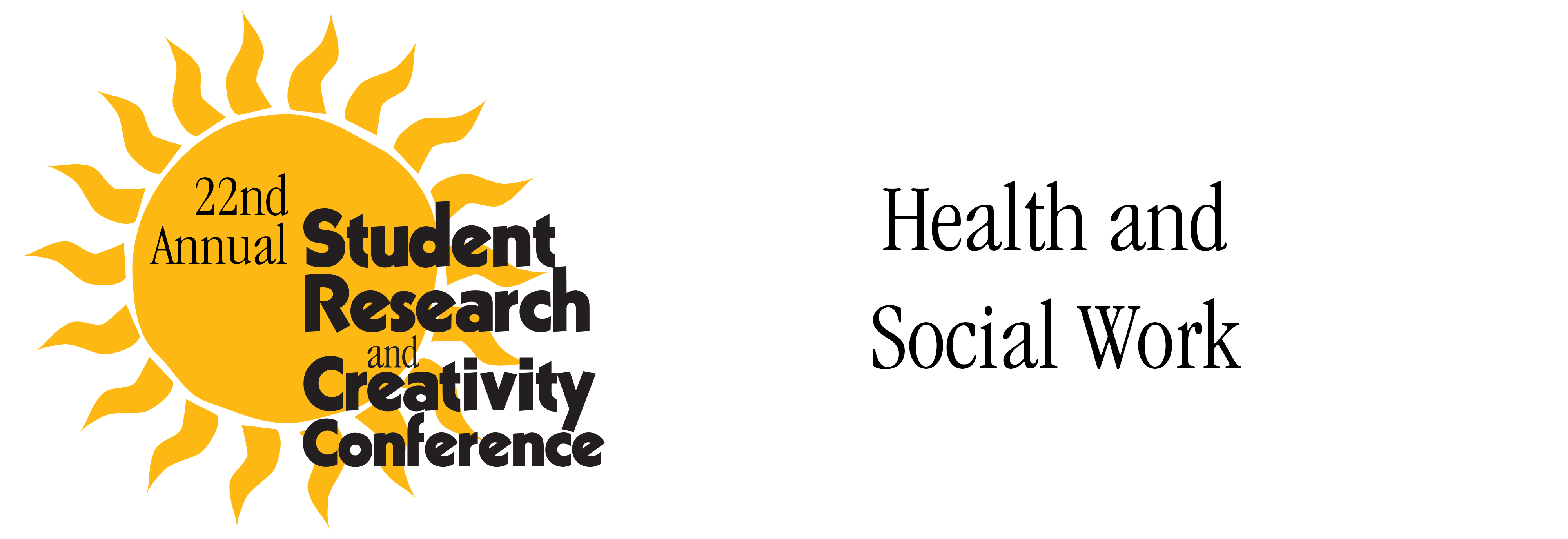
Files
Download Full Text (506 KB)
Description
Kisanet Berhe, HEW 295: Research Experience in Health and Wellness
Faculty Mentor: Professor Jessica Kulak, Health, Nutrition, & Dietetics
Introduction: Healthy food is more expensive than unhealthy food. There are 23.5 million people (roughly about 20%) in the United States living in low-income communities who live more than one mile from a supermarket. Additionally, in the United States, there are nearly fifty million people who are “food insecure,” making food insecurity one of the nation’s leading health risk factors. Corner stores are more likely to be located in low-income neighborhoods, limiting access to healthy food. My research focused on how to improve eating healthy foods among low-income populations. I hypothesize that if we educate and create programs to help low-income populations to consume healthy food, they will gain and improve their health. Method: A literature review was conducted in March 2020. The key search terms used were "healthy eating" and "low-income populations". The primary database used to find articles was Google Scholar. Results: As a whole, the literature indicates low-income populations can eat healthy food under budget. If low-income populations are knowledgeable about nutrition and measurement, they can purchase healthy food under budget and still be healthy. Conclusion: Even though low-income populations have a supplemental nutrition assistance program (SNAP) to help them purchase food, they may not always use it to buy healthy food due to the expense. Programs that help low-income populations improve healthy eating might wish to investigate lowering healthy food prices or increasing the price of unhealthy foods.
Publication Date
2020
Recommended Citation
Berhe, Kisanet, "Healthy Eating Among Low-Income Populations" (2020). Health and Social Work. 22nd Annual Student Research and Creativity Conference. SUNY Buffalo State.
https://digitalcommons.buffalostate.edu/srcc-sp20-hlthsw/2



